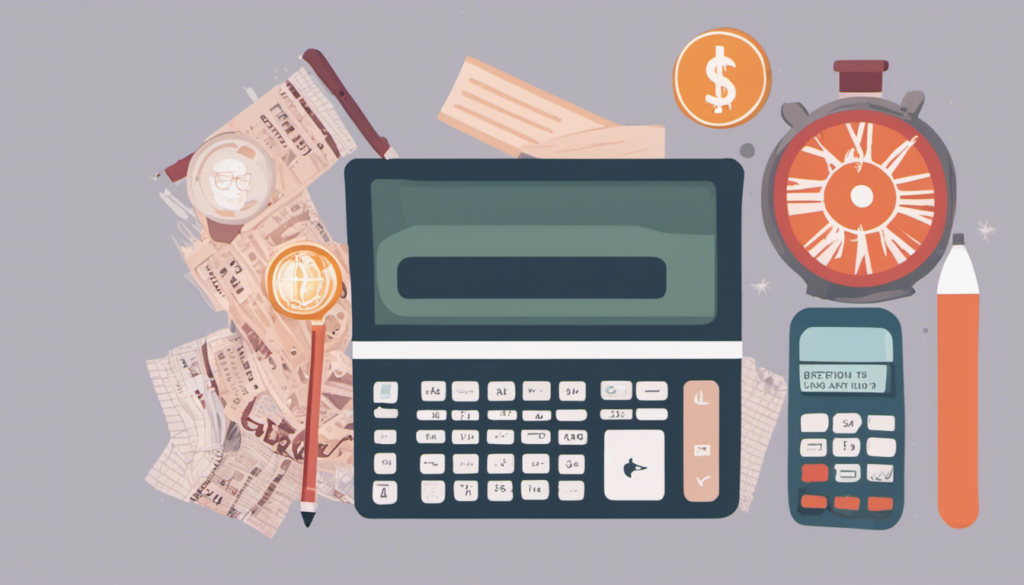A Foundational Guide on Creating, Maintaining, and Adjusting Personal and Family Budgets to Meet Financial Goals
Introduction
Creating and maintaining a budget is an essential step towards achieving financial success. Whether you are an individual or a family, having a well-planned budget helps you effectively manage your income, expenses, and savings. In this guide, we will explore the key steps to creating, maintaining, and adjusting personal and family budgets to meet your financial goals.
Assessing Your Financial Situation
Before diving into budgeting, it is crucial to assess your current financial situation. This involves gathering information about your income, expenses, debts, and assets. Create a comprehensive list of all your income sources, including salaries, investments, or any other sources of income.
List of Income Sources:
- Salary from full-time job
- Investment dividends
- Rental income
- Side business earnings
After listing your income sources, it’s time to gather information about your expenses. Categorize your expenses into fixed and variable categories. Fixed expenses include rent/mortgage, utilities, insurance premiums, and loan payments, while variable expenses encompass groceries, transportation, entertainment, and discretionary spending.
List of Expenses:
| Fixed Expenses | Variable Expenses |
|---|---|
| Rent/Mortgage | Groceries |
| Utilities | Transportation |
| Insurance Premiums | Entertainment |
| Loan Payments | Discretionary Spending |
Once you have a clear picture of your income and expenses, calculate your net cash flow by subtracting your total expenses from your total income.
Creating a Budget
Now that you understand your financial situation, it’s time to create a budget that aligns with your financial goals. Start by setting specific, measurable, achievable, realistic, and time-bound (SMART) financial goals. These goals can include saving for a down payment on a house, paying off debt, or building an emergency fund.
Examples of Financial Goals:
- Save $10,000 for a down payment on a house within 2 years.
- Pay off credit card debt of $5,000 within 12 months.
- Build an emergency fund of 6 months’ worth of expenses by the end of the year.
After defining your financial goals, allocate your income to different categories such as savings, expenses, and debt repayment. Aim to save at least 20% of your income and allocate the remaining percentage to cover your expenses and debts. Make adjustments to your expenses if needed to ensure you are staying within your budget.
Maintaining and Adjusting Your Budget
Once you have created a budget, it is essential to regularly review and maintain it to ensure you are on track to meet your financial goals. Review your budget on a monthly basis and compare your actual expenses to your planned expenses. Identify any areas where you overspent or underspent and make adjustments accordingly.
Monthly Budget Review Checklist:
- Compare actual income to planned income.
- Analyze actual expenses and compare them to planned expenses.
- Identify any deviations from the budget and assess the reasons behind them.
- Make adjustments to your budget for the upcoming month based on the learnings from the review.
Adjusting your budget is crucial when circumstances change. Life events such as getting a promotion, having a baby, or unexpected expenses may require you to make adjustments to your budget. Continuously reassess your financial goals and make necessary changes to your budget to ensure you stay on track towards achieving them.
Conclusion
A well-planned budget is an essential tool for managing personal and family finances effectively. By assessing your financial situation, setting SMART financial goals, and regularly maintaining and adjusting your budget, you can take control of your finances and achieve your financial goals. Remember to stay disciplined, track your expenses, and make informed decisions to ensure financial success.
Relevant articles:




